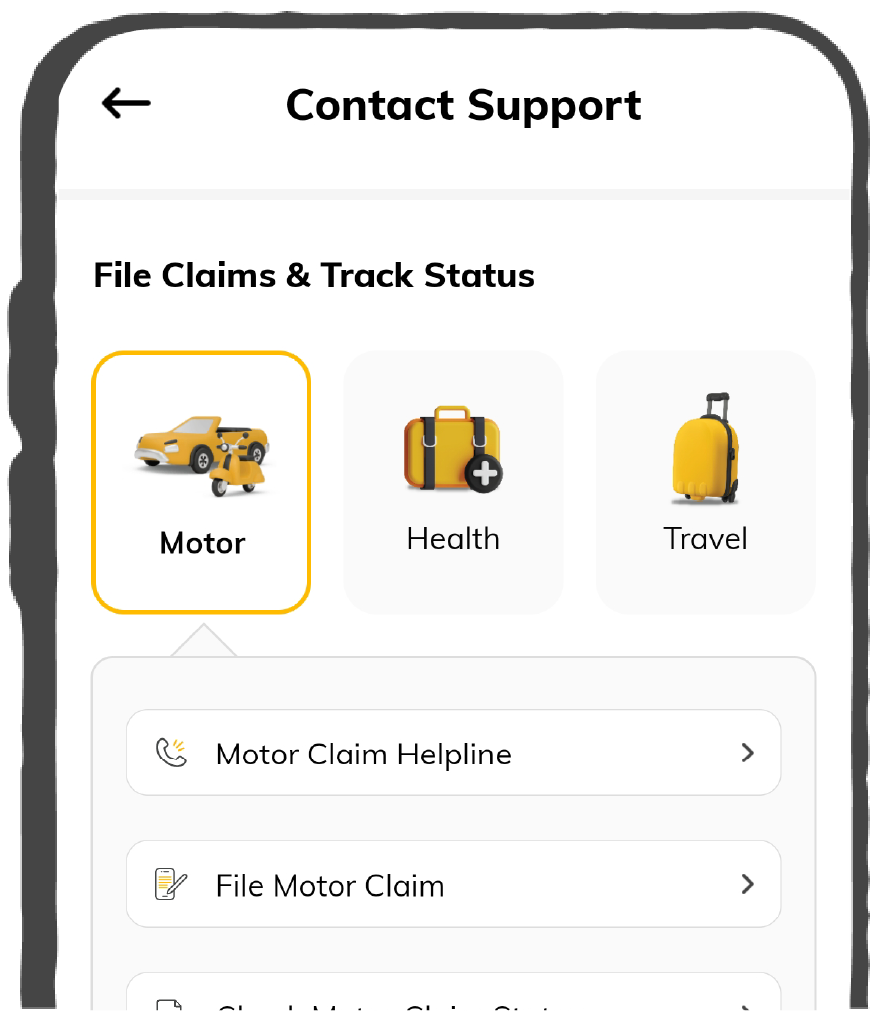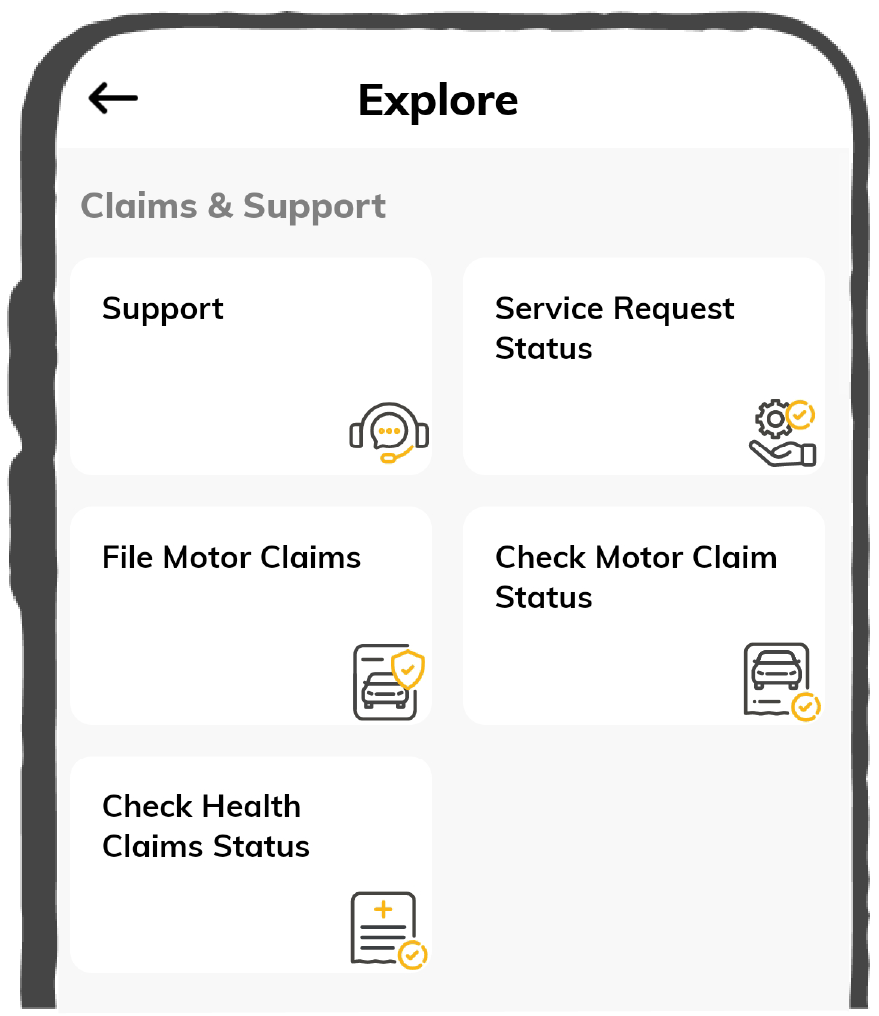Quick Claim Process

Affordable Premium

Accessibility Options

General

General Products
Simple & Transparent! Policies that match all your insurance needs.


37K+ Reviews
7K+ Reviews
Scan to download

Life

Life Products
Digit Life is here! To help you save & secure your loved ones' future in the most simplified way.


37K+ Reviews
7K+ Reviews
Scan to download

Claims
Claims
We'll be there! Whenever and however you'll need us.


37K+ Reviews
7K+ Reviews
Scan to download

Resources
Resources
All the more reasons to feel the Digit simplicity in your life!
 Tools & Calculators
Tools & Calculators


37K+ Reviews
7K+ Reviews
Scan to download

37K+ Reviews
7K+ Reviews
Select Preferred Language
Our WhatsApp number cannot be used for calls. This is a chat only number.

Enter your Mobile Number to get Download Link on WhatsApp.
You can also Scan this QR Code and Download the App.
Quick Claim Process

Affordable Premium


Owing to the advancement in digitization, the Indian Government has created multiple electronic payment systems to make fund transfers more convenient and faster. At present, there are three types of online fund transfer methods available in India – NEFT, RTGS and IMPS.
This article will focus on the differences between NEFT and RTGS and discuss each of them in detail.
NEFT stands for National Electronic Fund Transfer. It is an electronic fund transfer system that is regulated & monitored by the Reserve Bank of India. Since 2020, NEFT has worked round the clock; before that, it used to have specific time periods or working hours. Most of India's leading banks provide the NEFT facility through online and mobile banking.
NEFT processes fund transfers in batches with a gap of half an hour. RBI has not implied any minimum or maximum limit on the transactions yet. There are no NEFT charges levied on the transactions.
RTGS is the acronym for Real Time Gross Settlement, and unlike NEFT, the fund is transferred in real-time and promptly. RTGS is ideal for transactions of lump sum amount with a minimum limit of ₹ 2 lakh at a time. The best part about this method is that it can be availed online and offline.
Provided that details of the beneficiary are given correctly, RTGS can be used anytime and anywhere.
In the following table, you will gain a clearer concept of NEFT vs RTGS through their differences.
|
Parameters |
NEFT |
RTGS |
|
Nature of settlement |
Settled in batches |
One-on-one |
|
Minimum transfer amount |
₹ 1 |
₹ 2 lakh |
|
Settlement Time |
2 Hours |
Immediately |
|
Availability of service |
24 X 7 |
Depends on the bank |
|
Transaction charges |
No charges applicable |
RTGS charges are ₹ 30 for outward transactions of amounts between ₹ 2 lakh & ₹ 5 lakh; ₹ 55 on transaction amounts exceeding ₹ 5 lakh. |
Depending on the urgency and nature of your payment, RTGS will be a better option for lump sum payments, but NEFT will be more efficient for smaller payments.
Depending on the urgency and nature of your payment, RTGS will be a better option for lump sum payments, but NEFT will be more efficient for smaller payments.
There is no maximum or minimum limit on online NEFT payments, but if you are making a cash payment through NEFT, then the maximum limit is ₹ 50,000.
There is no maximum or minimum limit on online NEFT payments, but if you are making a cash payment through NEFT, then the maximum limit is ₹ 50,000.